When Do You Ovulate? Key Signs and Tracking Tips
Key Takeaways
- Most women ovulate between days 10 and 22 of their menstrual cycle.
- Using signs of ovulation, like changes in cervical mucus and a slight rise in body temperature, may help you more accurately predict your fertile window.
- Women are most likely to conceive during the fertile window, which starts about 5 days before ovulation and ends after the day of ovulation.
How to know when you’re ovulating: A complete guide
The female reproductive system has many functions and responsibilities. One of its main roles is regulating the menstrual cycle. A menstrual cycle starts on the first day of your period, and ends when your next menstrual period begins. The typical cycle cycle length is between 25 to 30 days. However, some cycles may be slightly longer or slightly shorter. Longer cycles can last between 31 to 35 days. Shorter cycles last between 21 to 24 days.
The menstrual cycle helps the body prepare for potential pregnancy each month. One of the ways it prepares for potential pregnancy is through ovulation. Ovulation is when a mature egg is released from an ovary during the menstrual cycle. People who menstruate are most fertile, or likely to become pregnant, during ovulation.
Understanding ovulation and when it happens is key to planning or preventing pregnancy. Read on to learn how you can better estimate your fertile window and time of ovulation.
When do you ovulate?
On average, most women tend to ovulate between days 10 and 22 of their menstrual cycle. About 10% of women who have regular 28-day cycles ovulate 14 days before the start of a new cycle. The exact day of ovulation can vary month-to-month, even among those with regular cycles. Irregular periods may make it more difficult to predict ovulation.
Ovulation typically lasts for 12-24 hours. It is triggered by a rise in luteinizing hormone (LH) levels, which helps the ovaries develop and release an egg.
The fertile window: Ovulation, conception and pregnancy
During an average and healthy menstrual cycle, there is a period of time known as the fertile window. The fertile window is when you’re most likely to get pregnant during a menstrual cycle. The fertile window most commonly lasts six days. It includes the five days before and the day of ovulation.
The fertile window can vary each cycle, just like the ovulation period. The fertile time window is affected by the timing of ovulation. If ovulation happens later or earlier in the cycle, so will the fertile window.
Hormonal contraceptives, like birth control pills, release hormones that prevent ovulation. Once a person stops taking contraceptives, their menstrual cycle and ovulation schedule should return to normal.
How to find out if you are ovulating
There are a few ways you can track ovulation. Over-the-counter (OTC) ovulation test strips, also known as ovulation predictor kits, may help you better understand your peak fertility dates. These test strips can help detect a rise in luteinizing hormone (LH) levels in urine.
Detecting a surge in luteinizing hormone (LH) is a reliable way to predict ovulation and determine the best time to conceive. LH levels typically rise at night, about 35 to 44 hours before ovulation, with peak levels occurring ten to 12 hours before ovulation.
Additionally, transvaginal ultrasonography can effectively detect ovulation by tracking the growth and changes in ovarian follicles. Ultrasounds can detect ovulation correctly approximately 80% of the time. Talk to your healthcare provider about whether this may be a good fit for you.
There are several ovulation calculator apps available. However, since ovulation dates and fertility windows can vary each cycle, they tend to be less accurate. On average, ovulation calculator apps tend to predict ovulation correctly 21% of the time.
Recognizing ovulation symptoms
Identifying signs of ovulation and its symptoms can help you track and predict your fertile window, or most fertile days, more accurately.
Common symptoms of ovulation can include:
- Cervical mucus (vaginal discharge), which comes from the cervix, plays an important role in conception. Cervical mucus may appear clear and slippery, with a texture similar to raw egg whites. These changes usually start to happen a few days before ovulation.
- A slight increase in basal body temperature (BBT), typically 0.5 degrees Fahrenheit, the day after ovulation. The temperature rise happens to prepare the uterus to implant a zygote, which is a fertilized egg. You can measure your BBT by using a digital oral thermometer. You should aim to check your temperature at the same time each day, preferably early in the morning before getting out of bed.
- A rise of luteinizing hormone (LH) levels in urine up to two days before and two days after the ovulation date.
- Increased libido, or sexual desire.
- Higher chance of experiencing hormonal migraines, typically without an aura, especially among migraine sufferers.
- Cramping or bloating in the lower abdominal area may occur for some.
If you are trying to get pregnant
Ovulation happens when the ovaries release a fully developed egg. After the egg is released, it travels down to the fallopian tube, where it can potentially be fertilized by sperm. The egg has approximately 12-24 hours to be fertilized after ovulation.
Just having intercourse during the fertile window doesn’t guarantee a pregnancy. Pregnancy depends on things like sperm and egg health and how ready the uterus is. Sperm can survive inside a womb for three to five days after unprotected sexual intercourse. This is why the fertile window begins a few days before the day of ovulation.
Chances of getting pregnant
The chances of becoming pregnant are higher in the two days leading up to ovulation. For conception to be maximized, sperm should be introduced the days before ovulation. The odds of becoming pregnant, or conceiving, are lower on the first day of the fertile window.
Probability of conception on specific days near ovulation:
- First day of the fertile window: 8%
- Sixth day of the fertile window (day of ovulation): 36%
- Day after ovulation: Up to 12%
The frequency of intercourse during the fertile window also plays a large role in the likelihood of conception.
Probability of conception based on frequency of intercourse:
- Daily intercourse during the fertile window: 37%
- Intercourse every other day: 33%
- Intercourse once per week: 15%
Fertility awareness-based methods of family planning
People who follow fertility awareness-based methods (FAM) of family planning track their menstrual cycles and ovulation dates and avoid unprotected intercourse during fertile days.
Common fertility awareness-based methods of family planning can include:
- Tracking temperature every morning to identify signs of ovulation
- Tracking cervical mucus changes throughout the month
- Tracking your menstrual cycle, also known as the calendar method, to figure out patterns in your cycle
- Using protection — like condoms and spermicides — before, during and after your estimated fertile window days
However, since ovulation and fertility dates can change, it’s still possible to become pregnant. The chance of becoming pregnant while using FAM can vary between 2% and 23%, depending on additional preventative methods used.
Between 12 to 24 out of 100 women will become pregnant during the first year of using FAM.
How Sesame can help
If you're trying to understand your fertility and ovulation, Sesame can connect you to top-rated, licensed healthcare providers who can help. Book an affordable online fertility consult today to receive expert medical advice and family planning guidance, all from the comfort of your home.
Providers on Sesame can help you determine your ovulation cycle, explore fertility options, and set family planning goals. Deepen your knowledge of your reproductive health and achieve your family planning objectives by booking an online consultation with a fertility specialist on Sesame today.
Related posts
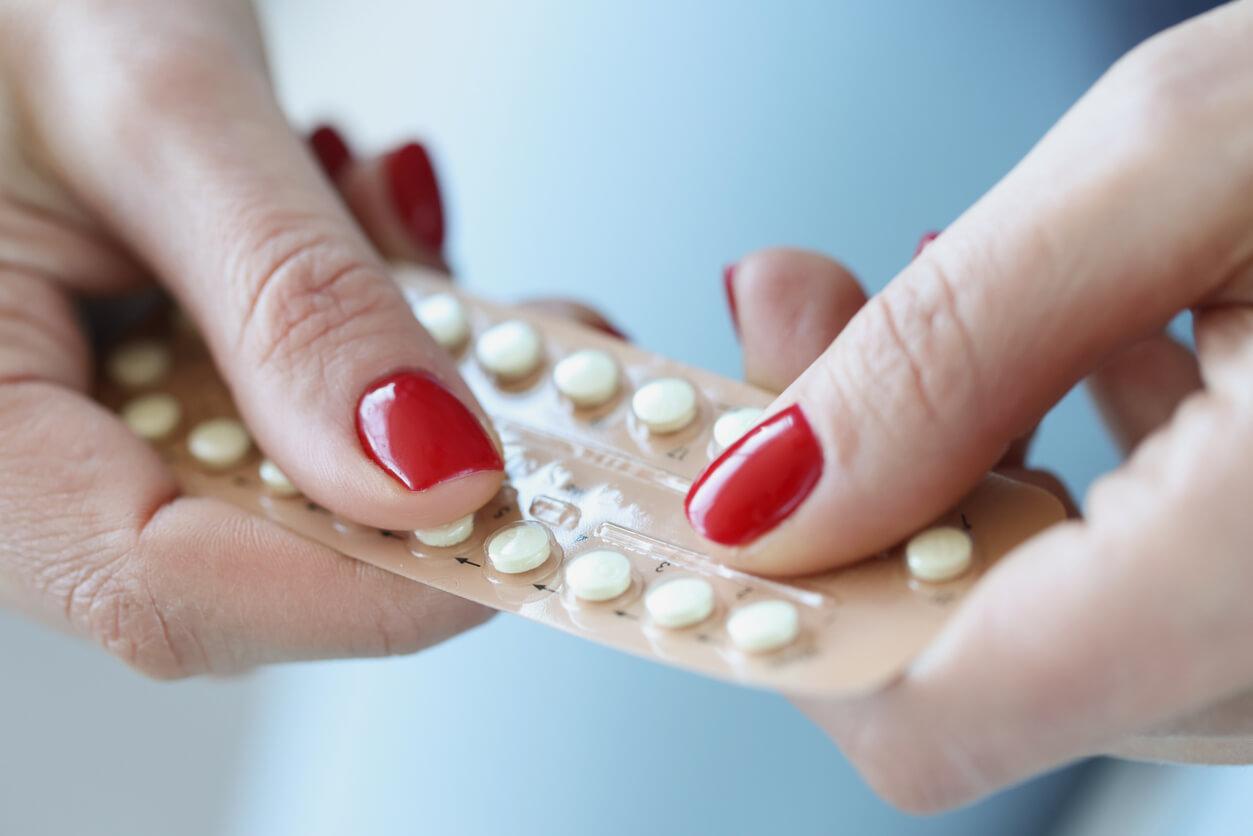
Birth control pills are oral contraceptives used to prevent pregnancy. When taken correctly, birth control pills are 99% effective at preventing pregnancies.
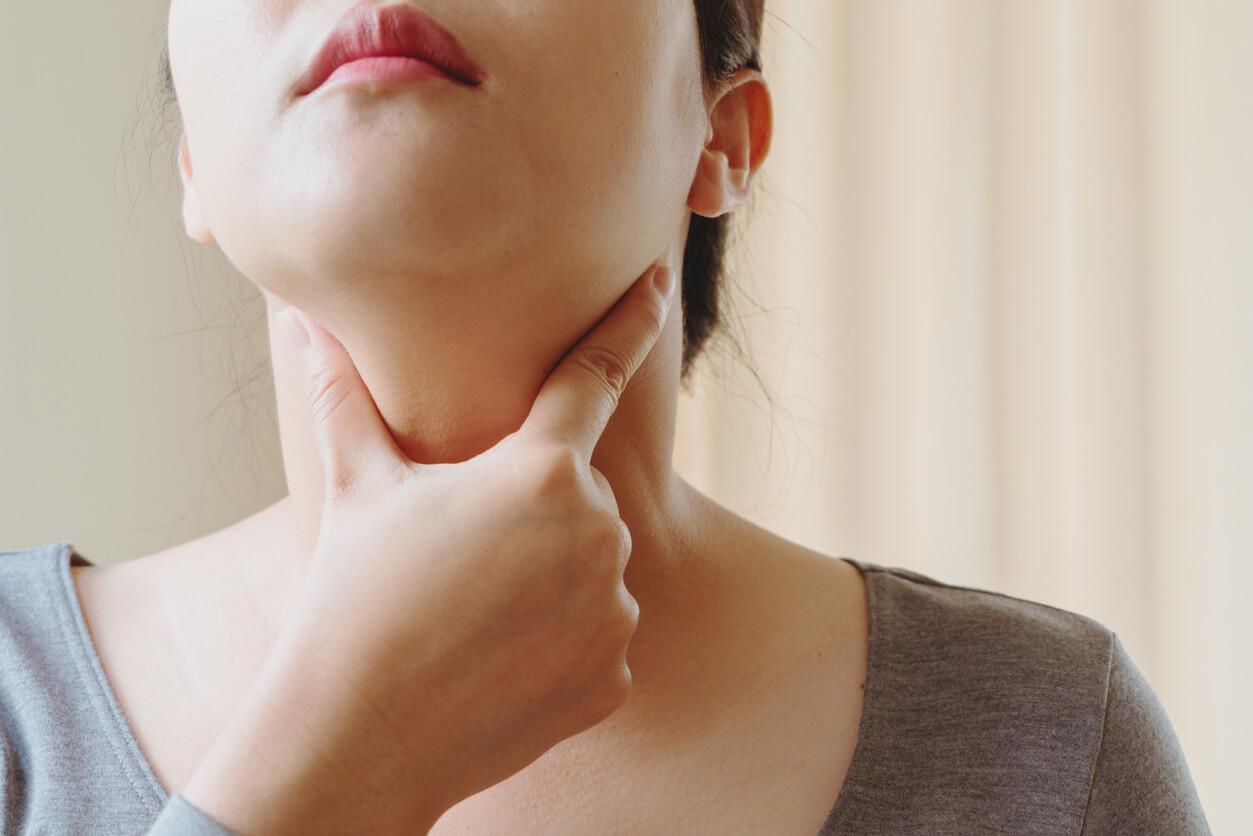
Women are more often affected by thyroid problems than men. Learn more about the most common issues, their symptoms, and when you should see a doctor.

There are a number of reasons why someone might want to hit the “snooze” button on their monthly menstrual cycle. Whatever the reason may be, it’s important to know how to safely delay your period and understand the risks involved.

Menopause marks the end of a woman’s reproductive years and is a normal part of every menstruating individual's life. It happens when the ovaries' production of reproductive hormones dwindles, permanently ending the menstrual cycle.
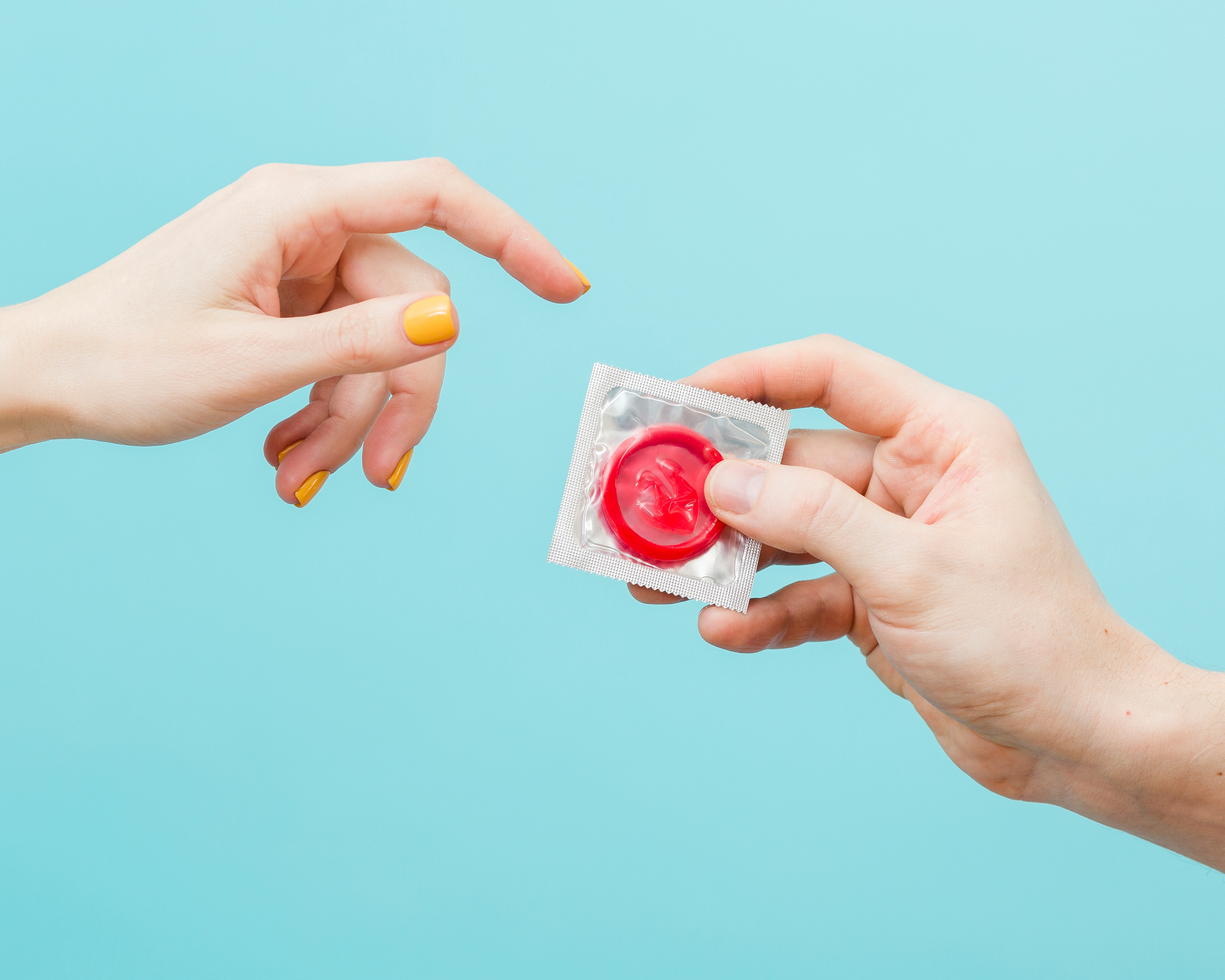
Tips on STI education, testing and prevention for a happier, healthier you.
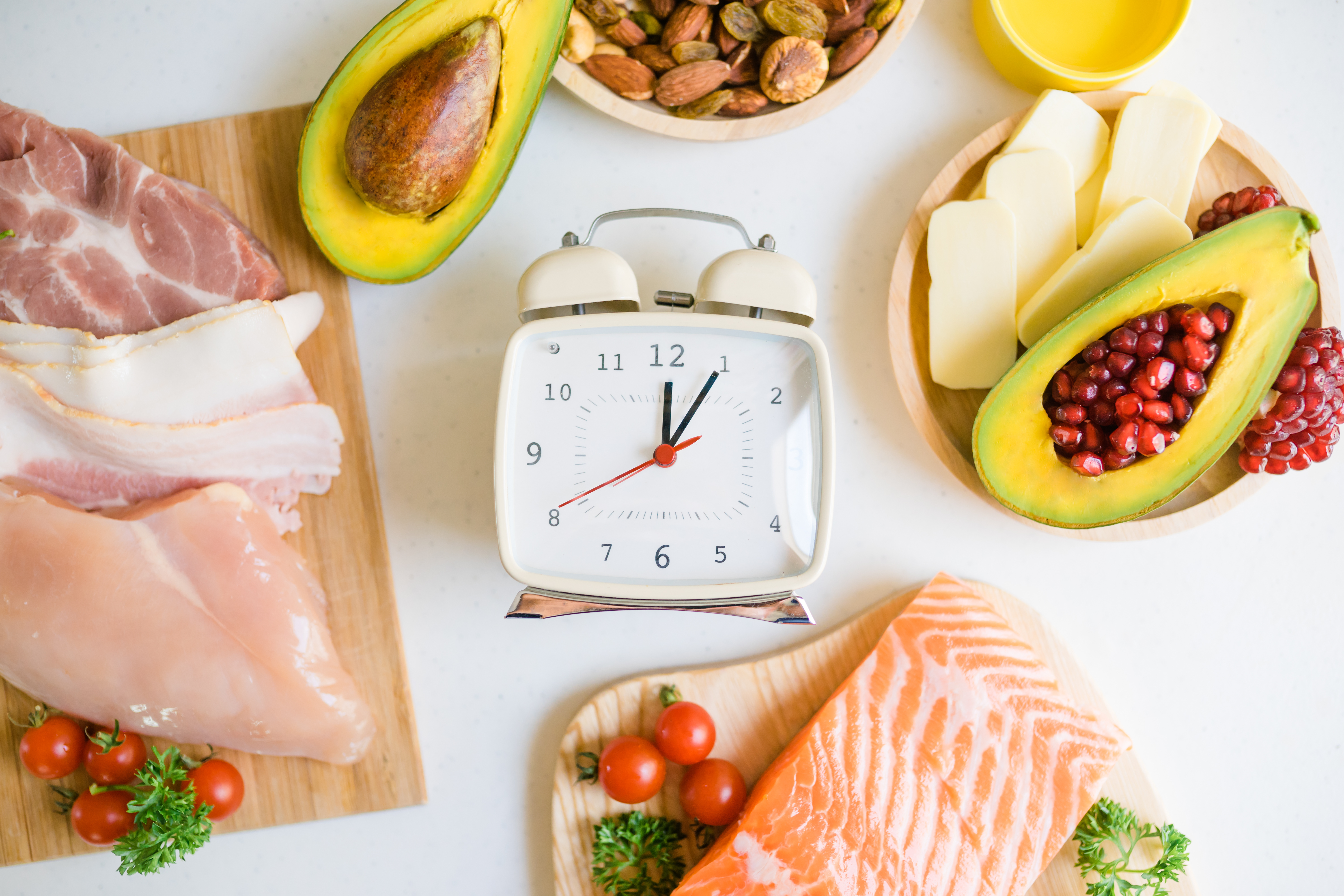
Intermittent fasting has many health benefits and has become a popular choice for those looking to lose weight and improve their overall well-being. Read on to learn if it might be the right approach for your weight management goals.
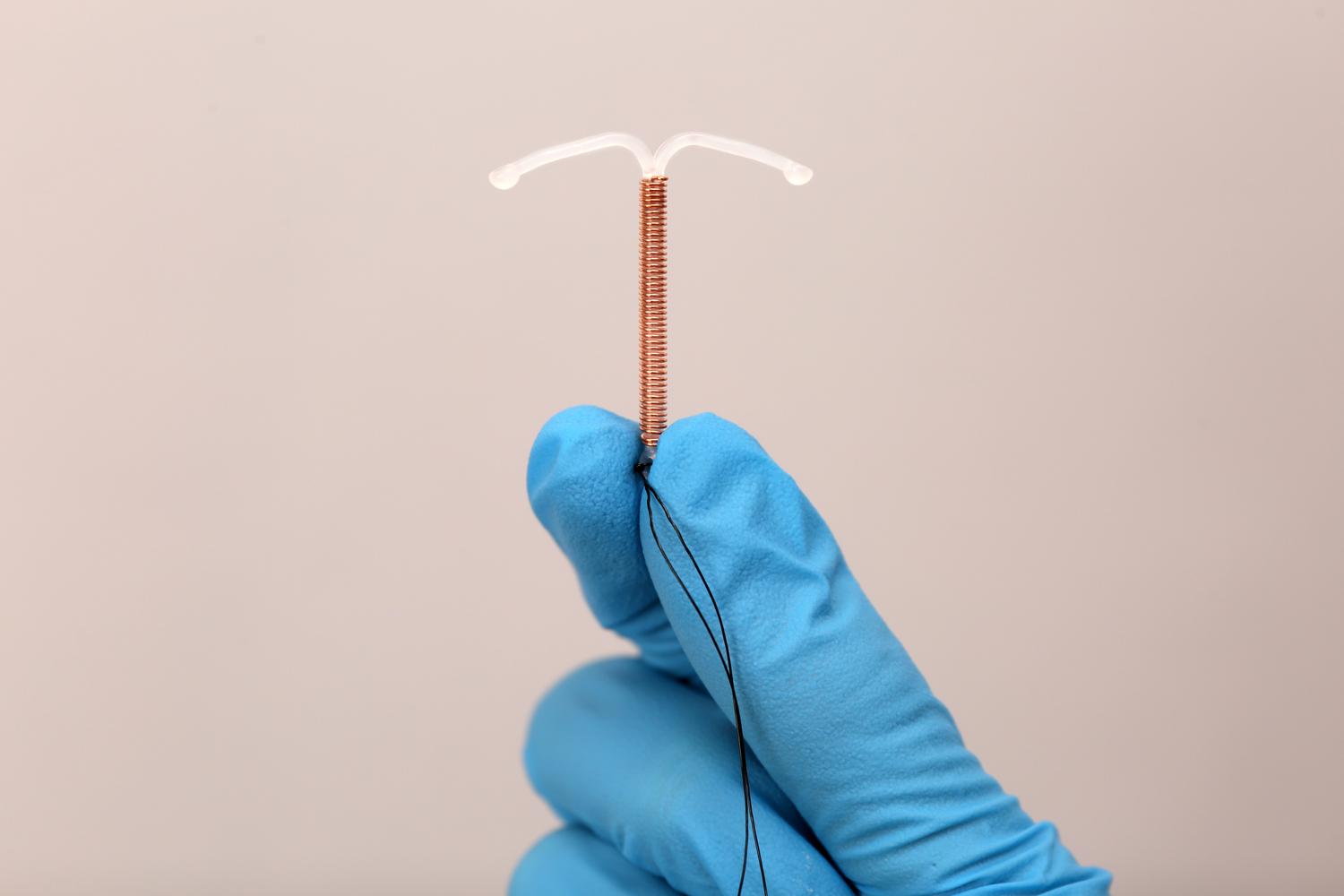
People often wonder if weight gain is a side effect of IUDs. We explore the two types of IUDs, their effectiveness, how they may affect weight, common side effects, and compare them to other contraceptives like birth control pills.

Getting enough hours of sleep protects your brain and body. Learn more about the right amount of sleep for you and what you can do to get a better night’s sleep.
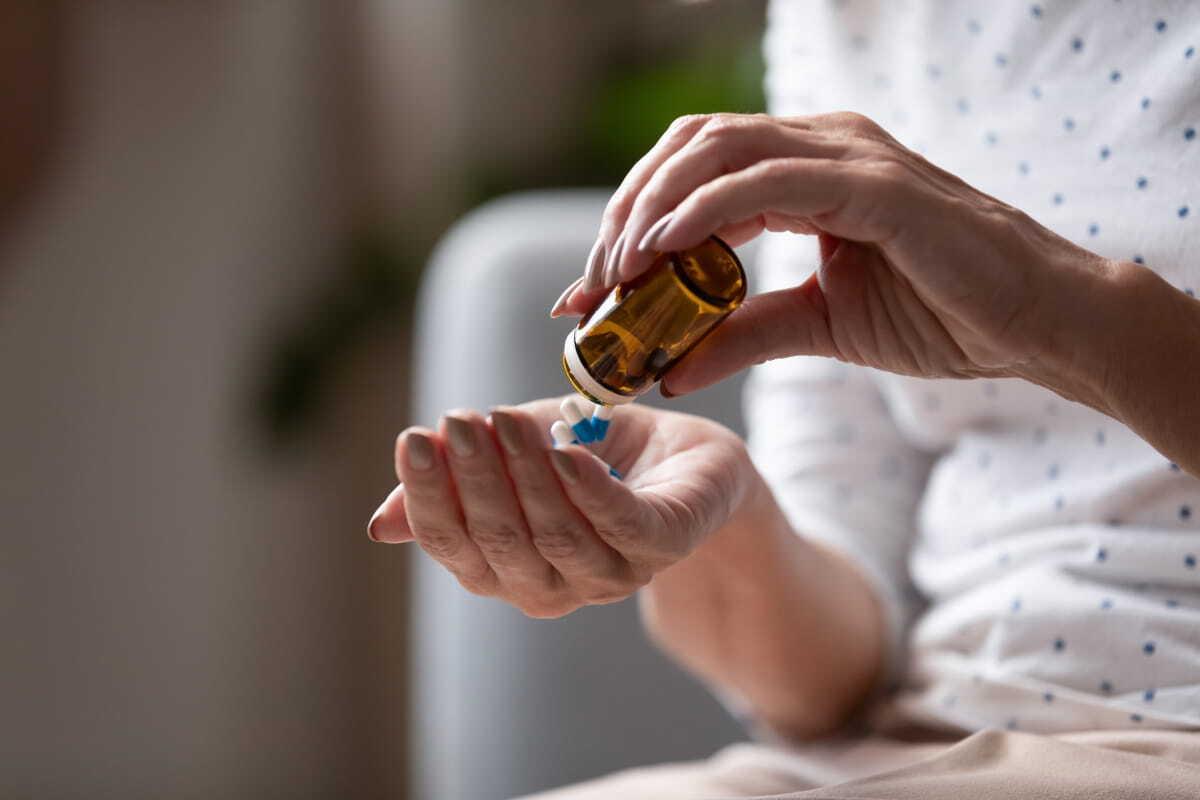
Do Prescription Medications Expire? Here's What You Need to Know.
